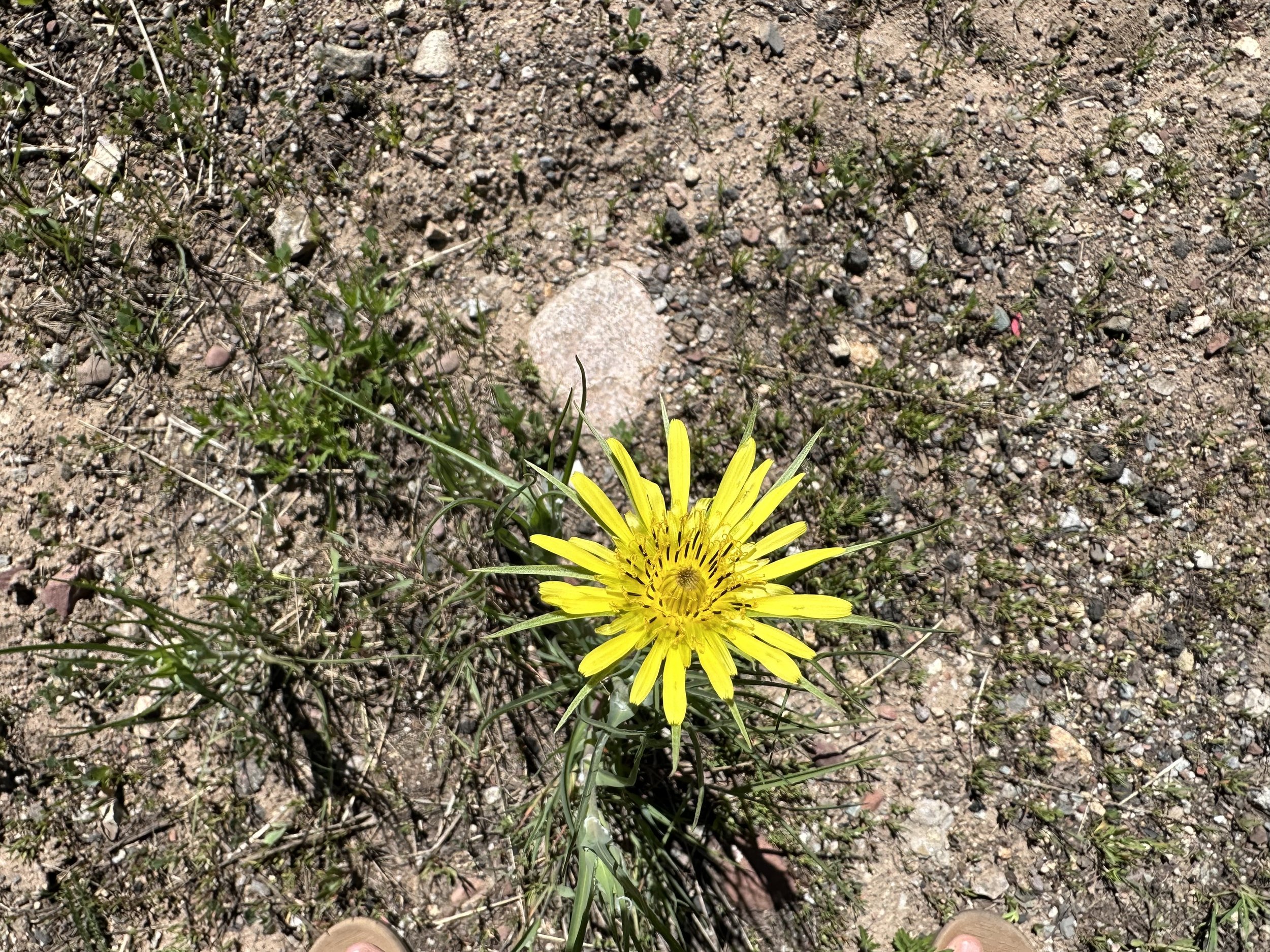Potentilla hippiana, front side of leaf, June 21, 2023
Back side of leaf
Common & scientific name
Woolly cinquefoil, Potentilla hippiana
Family
Rose, Rosaceae
Location
Twin Lakes, 9,250’
Fun, weird, helpful, or little known facts
Here we go: welcome to the whacky world of Potentillas, or Cinquefoils, upwards of a dozen of which live on the Pass, all with similar looking yellow flowers (except the white P. arguta), all differentiated by their leaves.
Woolly cinquefoil can be distinguished from its many cousins by the white-woolly underside of its leaflets and greener but still hairy top side, and numerous, pinnate (ladder-like) leaflets, as shown clearly in these photos.



















